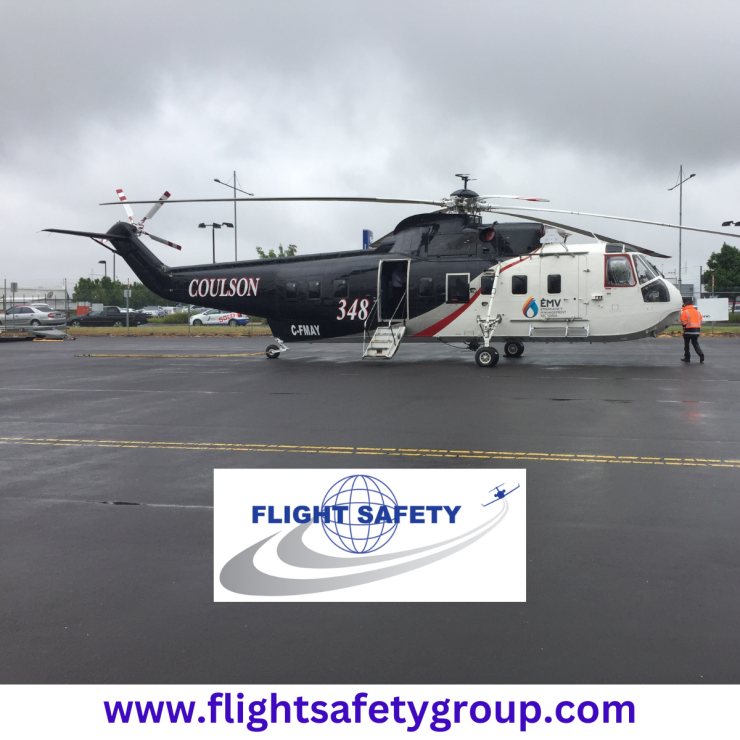Top 5 Safety Measures
06/02/23 03:34:pm
The Top 5 Safety Measures Every Aviation Company Should Implement
Comprehensive Safety Management System (SMS): Establishing an effective SMS is vital for identifying, managing, and mitigating risks. This system should include hazard identification, safety risk assessment, incident reporting, and safety performance monitoring. By continuously analysing data and implementing corrective actions, an SMS promotes a proactive safety culture throughout the organisation.
Rigorous Employee Training Programs: Employees are the backbone of any aviation company. To ensure safety, organisations must provide comprehensive and continuous training programs. These should cover emergency procedures, security protocols, human factors, and technical skills. Regular proficiency checks and recurrent training sessions are essential for maintaining a high level of competence among all personnel.
Maintenance and Inspection Protocols: Aircraft maintenance and inspections are critical for safe operations. Strict adherence to maintenance schedules, routine checks, and inspections in compliance with regulatory guidelines are essential. Regular audits and assessments should be conducted to verify the effectiveness of maintenance procedures and ensure that the fleet is airworthy.
Safety Performance Monitoring: Constant monitoring of safety performance metrics allows companies to identify trends, patterns, and potential areas for improvement. Key performance indicators (KPIs) such as safety incident rates, risk assessments, and operational data should be regularly analysed. This data-driven approach helps companies to implement targeted safety measures and continuously enhance their safety culture.
Clear Communication and Reporting Channels: Establishing clear communication and reporting channels is crucial for addressing safety concerns promptly. An open reporting culture, where employees feel comfortable reporting incidents, near misses, or hazards without fear of reprisal, is vital. Robust reporting mechanisms, such as confidential reporting systems or safety hotlines, enable the identification and resolution of safety issues before they escalate.
Implementing these top 5 safety measures should be a priority for every aviation company. Safety is non-negotiable in our industry, and by prioritising these measures, we not only comply with regulations but also protect lives, build trust with passengers, and ensure the long-term success of our organisations.

Latest News
Projects
- ZS-NRM Accident Analysis
- UKCAA CAP437 Update
- CAP437 Inspections & Friction Tests
- Aviation Risk in Numbers
- Integrated Safety/Quality Course
- Friction Testing of Helidecks
- AIIA Course
- Amy Johnson - Pioneering Aviator
- Safety First!
- Risk Management in Aviation
- OMWIT Training
- eVTOL
- CASA (VDOTWG)
- Independent Aviation Auditing
- Converting Helipads to Vertiports
- Next HIAT Course
- The Flight Safety Group
- Emerging Trends in Auditing
- Night VFR
- Top 5 Safety Measures
- The Role of Auditing
- Emergency Response
- Flight Safety Group
- Single Pilot Ops
- Safety Culture
- Helideck Obstructions
- CASA Part 133
- World's First Flying Car
- Vertiport Safety Training Course
- Humanoid Robot Pilot
- The Benefits of Using Drones


